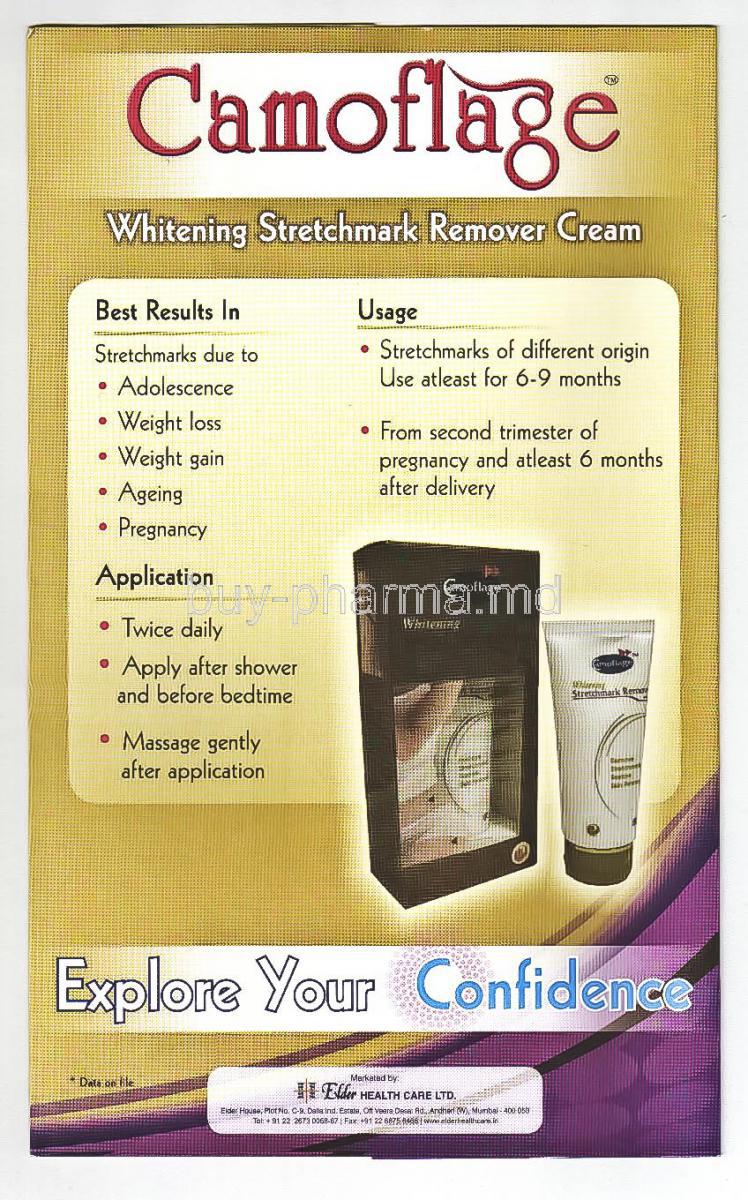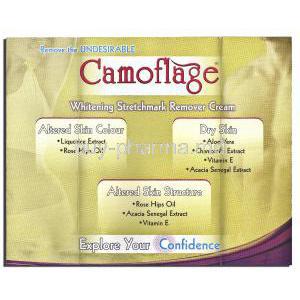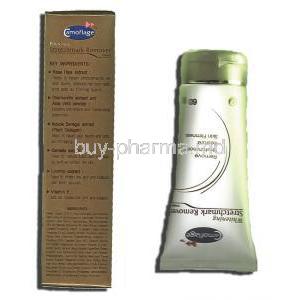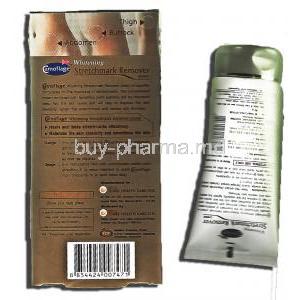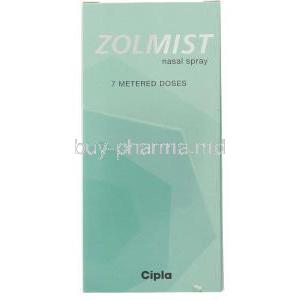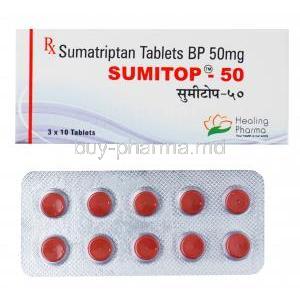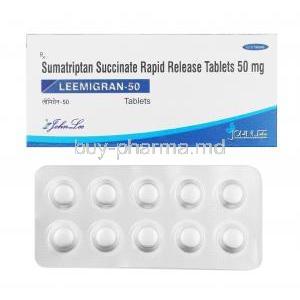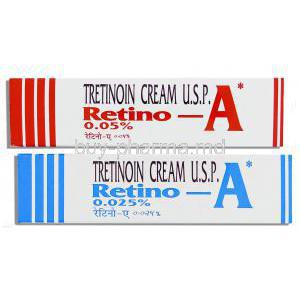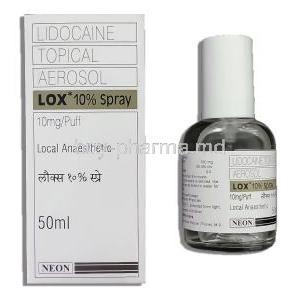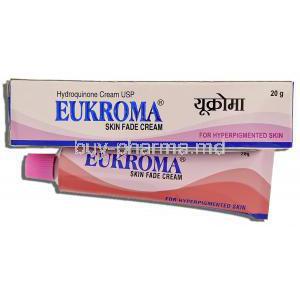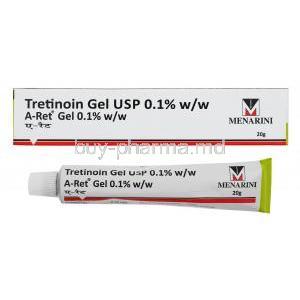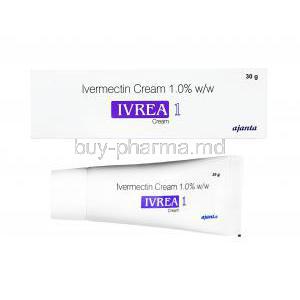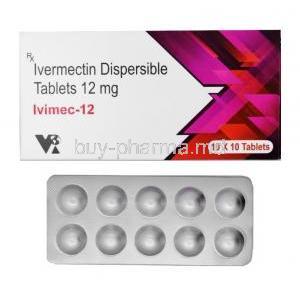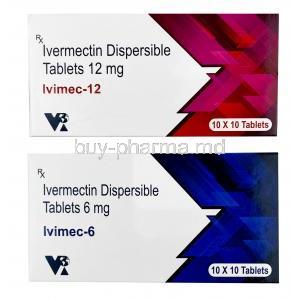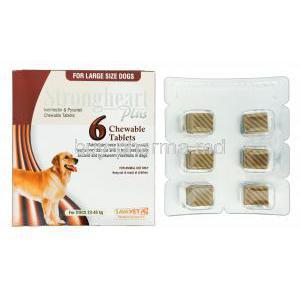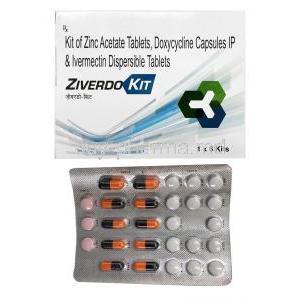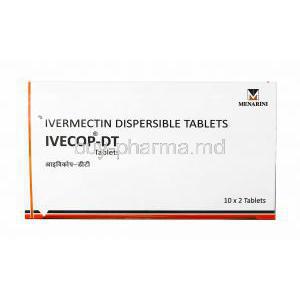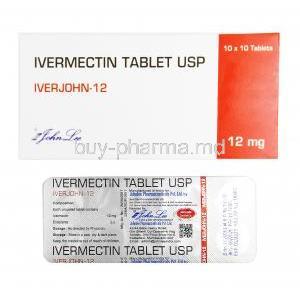1. Introduction to Camouflage Whitening Stretchmark Remover Cream
1.1 Overview and Purpose of the Product
Camouflage Whitening Stretchmark Remover Cream is a specialized topical formulation designed to visibly diminish the appearance of stretch marks while brightening the skin. Formulated with advanced skin-lightening compounds and regenerative ingredients, it targets both the discoloration and textural irregularities associated with dermal scarring. The product aims to restore smoother, more even-toned skin through a dual-action whitening and repair mechanism.
1.2 Target Demographic and Cosmetic Indications
This cream is ideal for individuals seeking cosmetic correction of stretch marks due to pregnancy, rapid weight gain or loss, adolescence, or bodybuilding. It caters to both men and women and is particularly popular among postpartum women, fitness enthusiasts, and individuals undergoing aesthetic body transformations. Those concerned with uneven skin tone and superficial scarring also benefit from its multi-functional properties.
1.3 Skin Conditions Commonly Associated with Stretch Marks
- Postpartum striae (striae gravidarum)
- Stretch marks from obesity or weight cycling
- Pubertal growth spurts leading to striae distensae
- Stretch marks caused by prolonged corticosteroid use
1.4 Benefits Beyond Stretch Mark Reduction
Beyond addressing stretch marks, this cream enhances overall skin texture, promotes tone uniformity, and delivers a supple, hydrated skin barrier. Users often report improvements in:
- Hyperpigmentation and blotchy skin patches
- Dryness and dermal roughness
- Minor post-inflammatory discoloration
2. Composition and Active Ingredients
2.1 Key Whitening and Skin-Lightening Agents
The cream commonly includes alpha-arbutin, kojic acid, niacinamide, or glutathione—agents known to inhibit melanin synthesis and lighten hyperpigmented areas without damaging surrounding tissues.
2.2 Ingredients Supporting Skin Elasticity and Regeneration
- Retinol: Stimulates dermal remodeling and collagen production
- Centella asiatica extract: Encourages fibroblast activity
- Peptides: Reinforce skin's extracellular matrix
2.3 Natural Botanicals and Emollients Included in the Formula
Aloe vera, shea butter, jojoba oil, and vitamin E are typically infused to soothe the skin, enhance absorption, and restore the lipid barrier. These botanicals also reduce inflammation and support epidermal healing.
2.4 Preservatives, Fragrances, and Potential Allergens
Methylparaben or phenoxyethanol may be included as preservatives. Fragrance additives, while enhancing sensory appeal, may pose a risk for sensitive individuals. A complete ingredient list is recommended for allergy-prone users.
3. How Camouflage Whitening Stretchmark Remover Cream Works
3.1 Mechanism of Action for Skin Lightening
The cream works by inhibiting tyrosinase activity in melanocytes, reducing melanin production at the cellular level. This results in a gradual lightening of discolored stretch marks and a more uniform complexion.
3.2 Stimulation of Collagen and Elastin Synthesis
Ingredients such as retinoids, peptides, and herbal extracts stimulate fibroblasts, boosting collagen and elastin fiber production. This reinforces dermal structure and minimizes the depth and visibility of striae.
3.3 Role in Cell Turnover and Skin Renewal
Mild exfoliants included in the formula accelerate cellular turnover, facilitating the removal of damaged or pigmented skin cells and allowing newer, healthier skin layers to emerge.
3.4 Moisturizing and Barrier Repair Effects
The product delivers essential hydration and repairs the stratum corneum. Emollients and humectants prevent transepidermal water loss, soothe irritation, and reinforce the skin's defense mechanisms.
4. Approved and Common Uses
4.1 Treatment of Postpartum Stretch Marks
Widely used by women following childbirth, the cream improves the visibility of abdominal, hip, and breast striae, restoring confidence and skin integrity post-pregnancy.
4.2 Use in Stretch Marks from Rapid Weight Changes
For those who have undergone sudden weight gain or loss, the cream helps to tone and smooth stretched skin while addressing discoloration and texture inconsistencies.
4.3 Skin Tone Evening and Hyperpigmentation
Its brightening agents contribute to reducing uneven pigmentation, patchiness, and darkened stretch marks. Consistent use can lead to a balanced and luminous complexion.
4.4 Application in Minor Skin Textural Irregularities
The cream is effective in softening rough or atrophic patches, enhancing the skin’s suppleness in areas previously marked by trauma or dermal thinning.
5. Off-Label and Cosmetic Use Cases
5.1 Use for Post-Acne Scarring and Pigmentation
Though not primarily indicated for acne, users have reported lightening of pigmented scars and textural improvements on acne-affected skin through regular use.
5.2 Application on Melasma and Age Spots
Due to the inclusion of melanin-suppressing agents, the cream is occasionally used off-label for melasma, sunspots, and age-related discolorations.
5.3 Cosmetic Use for Skin Brightening
Some consumers utilize the product as a skin-enhancing cream to achieve a visibly brighter, more radiant skin tone, particularly on areas like the inner thighs or underarms.
5.4 Tattoo Lightening and Scar Camouflage
In rare cases, the cream is used for fading older tattoos or blending hypertrophic or discolored scars with the surrounding skin tone, although results may vary.
6. Dosage and Administration Guidelines
6.1 Recommended Amount Per Application
Apply a pea-sized amount to the affected area, massaging gently until fully absorbed. Avoid using excessive quantities as this may lead to irritation.
6.2 Frequency of Use and Duration of Application
For optimal results, apply twice daily—morning and night—for a minimum duration of 8 to 12 weeks. Visible improvement may vary depending on skin type and condition severity.
6.3 Optimal Time of Day for Application
- Morning: Followed by sunscreen application to prevent photoreaction
- Night: Promotes uninterrupted skin renewal during sleep
6.4 Application Techniques for Maximum Absorption
Apply on clean, dry skin. Massage in upward circular motions to enhance dermal penetration. Do not apply on damp or broken skin to avoid stinging or dilution of actives.
7. Important Warnings and Precautions
7.1 Risk of Skin Sensitization or Irritation
Sensitive individuals may experience tingling, redness, or discomfort. Discontinue use if symptoms persist or worsen.
7.2 Photosensitivity and Sun Exposure Precautions
Some ingredients may increase skin sensitivity to sunlight. Use a broad-spectrum SPF 30+ sunscreen during daytime application to prevent photodamage or paradoxical hyperpigmentation.
7.3 Discontinuation in Case of Adverse Reactions
Immediately stop using the cream if you notice severe itching, swelling, blistering, or any systemic signs such as rash beyond the application area. Seek medical consultation.
7.4 Patch Testing Before First Use
Perform a patch test on the inner forearm 24 hours prior to initial use. Proceed only if no irritation, redness, or rash occurs at the test site.
8. Contraindications to Use
8.1 Known Allergy to Any Ingredient in the Cream
Individuals with hypersensitivity to active ingredients like retinoids, arbutin, or botanical extracts should avoid use.
8.2 Active Skin Infections or Open Wounds at Site
Avoid application over infected, inflamed, or broken skin to prevent further irritation or systemic absorption.
8.3 Concurrent Use with Other Topical Steroids or Irritants
Using this cream alongside other exfoliating or steroid-based treatments may heighten irritation. Consult a dermatologist before combining therapies.
8.4 Recent Chemical Peels or Laser Treatments in the Area
Do not use immediately after aggressive dermatological procedures. Allow complete epidermal recovery before resuming application.
9. Common Side Effects
9.1 Mild Redness or Itching at Application Site
Temporary erythema or pruritus may occur as the skin acclimates to active ingredients. Usually subsides within the first week of use.
9.2 Dryness or Flaking of Skin
Due to the exfoliating effect, users may experience slight peeling or dryness. Supplement with moisturizers as needed.
9.3 Temporary Discoloration or Hypopigmentation
Some areas may lighten more rapidly than others, resulting in temporary unevenness. Consistent use usually harmonizes skin tone over time.
9.4 Warm Sensation Post-Application
A mild warming or tingling sensation may be felt during application, attributed to enhanced blood flow and ingredient activation. Not typically a cause for concern unless persistent.
10. Less Common but Serious Adverse Reactions
10.1 Allergic Contact Dermatitis
Though uncommon, hypersensitive individuals may develop allergic contact dermatitis characterized by intense itching, erythema, vesiculation, and localized swelling. This reaction may stem from fragrances, preservatives, or active compounds like retinoids or arbutin. Discontinuation of use and dermatological evaluation is advised at the first sign of allergic manifestations.
10.2 Hyperpigmentation or Paradoxical Darkening
In rare cases, the skin may exhibit paradoxical darkening, particularly with prolonged sun exposure during use. This condition is linked to post-inflammatory hyperpigmentation, especially in individuals with higher Fitzpatrick skin types. Photoprotection is strongly recommended to mitigate this risk.
10.3 Long-Term Thinning of Skin (If Corticosteroid-Based)
If the formulation contains corticosteroids, prolonged application can result in epidermal atrophy, manifesting as translucent skin, visible capillaries, and increased vulnerability to trauma. This is a cumulative adverse effect and underscores the importance of limiting use duration on steroid-containing variants.
10.4 Systemic Absorption Risk in Large Area Use
Extensive or high-frequency application, particularly over compromised skin or large body areas, may facilitate systemic absorption of active ingredients. This can lead to systemic side effects such as hormonal imbalance, hepatic strain, or even nephrotoxicity in rare scenarios. Medical guidance is essential for long-term or widespread use.
11. Interaction with Other Products and Medications
11.1 Use with Other Whitening Agents (Hydroquinone, Retinoids)
Combining this cream with potent depigmenting agents like hydroquinone or retinoids may result in heightened irritation, photosensitivity, and barrier compromise. If co-administered, alternating use on different days or seeking professional advice is prudent.
11.2 Concurrent Use with Prescription Topicals
Topical antibiotics, corticosteroids, or antifungals prescribed for dermatologic conditions can interact with this cream, either diminishing efficacy or increasing adverse effects. Coordination with a healthcare provider is recommended before concurrent use.
11.3 Incompatibility with Certain Skincare Acids
Alpha hydroxy acids (AHAs), beta hydroxy acids (BHAs), and azelaic acid may conflict with the product’s pH balance or irritate the skin when layered. Staggered application and patch testing can reduce the risk of over-exfoliation or adverse synergy.
11.4 Interaction with Perfumed or Alcohol-Based Products
Perfumed toners, aftershaves, or alcohol-based cleansers may exacerbate stinging or dryness when used alongside the cream. Preference should be given to gentle, non-comedogenic, and alcohol-free skincare routines.
12. Use in Special Populations
12.1 Administration in Elderly Patients
12.1.1 Considerations for Aging Skin Sensitivity
Aging skin often exhibits increased fragility, diminished barrier function, and susceptibility to irritants. Low-concentration formulations or reduced frequency of application is advisable in elderly populations.
12.1.2 Slower Absorption and Skin Repair Response
Elderly individuals may experience delayed dermal absorption and prolonged healing times. Efficacy may take longer to manifest, and any adverse reaction may require extended recovery periods.
12.2 Administration in Pregnant Women and Nursing Mothers
12.2.1 Safety of Key Ingredients During Pregnancy
Ingredients such as retinoids or strong bleaching agents should generally be avoided during pregnancy due to potential teratogenic risks. Products labeled as “pregnancy-safe” should be selected.
12.2.2 Risk of Transdermal Absorption and Systemic Exposure
While topical agents are minimally absorbed, large-area or prolonged application can increase systemic exposure. Physicians should be consulted before initiation during pregnancy or lactation.
12.2.3 Use on Breast Area and Risk of Infant Exposure
Topical application on or around the breast is discouraged due to possible ingestion by nursing infants. If necessary, ensure thorough cleansing before breastfeeding.
12.3 Administration in Pediatric and Adolescent Populations
12.3.1 Age Restrictions and Safety Guidelines
This cream is typically not recommended for children under 12 unless explicitly approved by a pediatric dermatologist. Children's skin is more permeable and prone to irritation.
12.3.2 Risk of Skin Barrier Compromise in Young Children
Underdeveloped epidermal barriers in young users may lead to heightened transdermal absorption, increasing the risk of systemic side effects. Use should be minimal and closely monitored.
12.3.3 Supervised Use and Dermatologist Consultation
Adolescents undergoing treatment for striae or post-acne pigmentation should apply the product under adult supervision and dermatological oversight to prevent misuse or overapplication.
13. Overdosage and Misuse Risks
13.1 Signs of Topical Overuse
Indicators include persistent erythema, burning sensation, pronounced dryness, scaling, or sensitization. Chronic misuse may also desensitize the skin to active ingredients.
13.2 Potential Systemic Effects with Prolonged Use
Extended use over large areas, especially with occlusion, could result in systemic absorption leading to hormonal disruption, liver strain, or allergic reactions. Caution is warranted with long-term use.
13.3 Recommended Actions for Accidental Ingestion
Although rare, accidental oral ingestion warrants immediate medical attention. Activated charcoal and symptomatic management may be required depending on the quantity consumed and ingredient profile.
13.4 Management of Over-Exfoliated or Damaged Skin
Discontinue use immediately. Apply soothing emollients, avoid actives, and use bland moisturizers. Severe cases may benefit from topical corticosteroids under medical supervision.
14. Handling and Storage Instructions
14.1 Recommended Storage Temperature and Conditions
Store in a cool, dry place away from direct sunlight. Ideal storage temperature ranges from 15°C to 25°C (59°F to 77°F) to preserve ingredient stability.
14.2 Shelf Life and Expiration Signs
Most formulations remain effective for 12–24 months. Discoloration, odor change, or phase separation may signal degradation and the need for disposal.
14.3 Avoiding Contamination of Product Jar or Tube
Always use clean hands or a sterile applicator when accessing the product. Avoid direct contact of the nozzle or jar opening with skin or surfaces to prevent microbial contamination.
14.4 Disposal of Expired or Contaminated Cream
Discard expired products in accordance with local pharmaceutical waste guidelines. Do not flush or dispose of in household drains to avoid environmental harm.
15. Handling Precautions for Consumers and Caregivers
15.1 Use of Gloves or Applicators for Large Area Coverage
Gloves or spatulas may be used when applying the product to large or sensitive areas to minimize direct contact and prevent residue under fingernails.
15.2 Hand Washing After Application
Wash hands thoroughly after application, especially before eating, touching the face, or handling infants, to avoid unintentional spread of active compounds.
15.3 Avoiding Contact with Eyes, Mouth, and Mucous Membranes
Accidental exposure to mucosal surfaces may lead to irritation, burning, or adverse absorption. In case of contact, rinse thoroughly with water and seek medical attention if necessary.
15.4 Safe Storage Away from Children and Pets
Store the product in childproof containers and place it on elevated shelves. Accidental ingestion or inappropriate use by children or pets may result in toxicity.
16. Patient Education and Monitoring
16.1 Setting Realistic Expectations for Results
Improvement in stretch mark appearance or pigmentation may take several weeks. Patients should be counseled that complete resolution is uncommon, but substantial cosmetic improvement is achievable with consistent use.
16.2 Monitoring for Skin Changes or Side Effects
Users should regularly inspect treated areas for changes in texture, color, or sensitivity. Any signs of adverse reaction should prompt discontinuation and consultation with a dermatologist.
16.3 Importance of Consistent Use
Intermittent application may diminish results. Adherence to the recommended regimen ensures maximal efficacy and minimizes the likelihood of relapse or treatment resistance.
16.4 When to Seek Dermatological Advice
Medical consultation is advised if there is no improvement after 12 weeks, signs of worsening pigmentation, unexpected systemic symptoms, or persistent irritation despite correct use.

